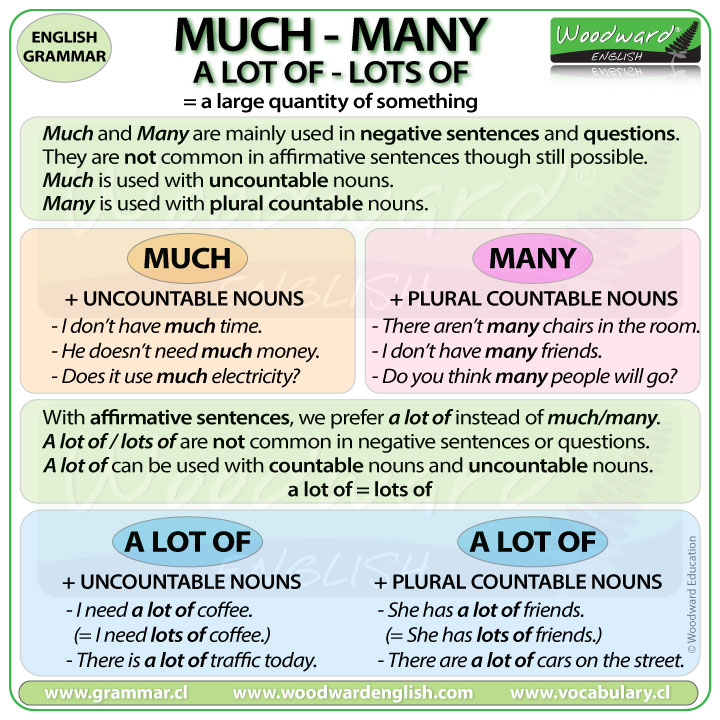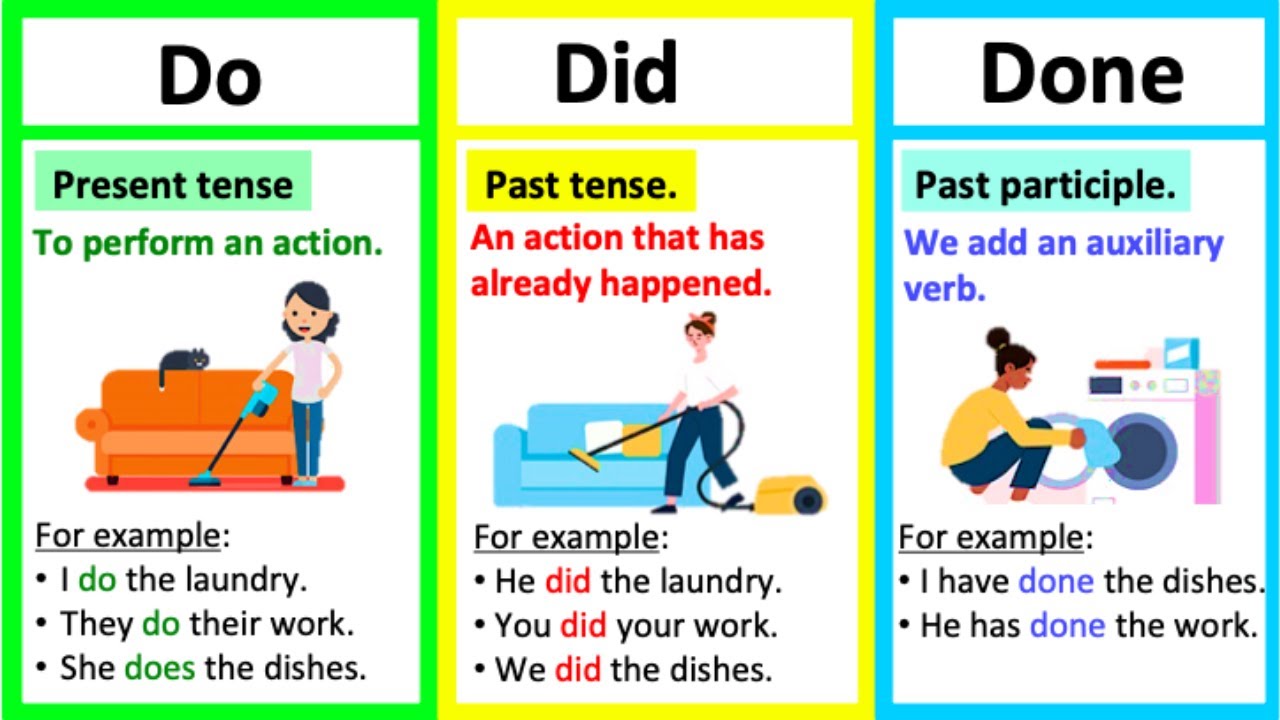Renaissance Transformation: The Scrovegni Chapel Frescoes and the Evolution of Art and Literature
The Screven chapel frescoes: harbingers of renaissance ideals
In the quiet Italian city of Padua stand one of the near significant artistic achievements of the pre renaissance period: the Screven chapel. Complete around 1305 by the master painter Giotto DI condone, the chapel’s frescoes represent a pivotal moment in western art history — a visual declaration of to emerge renaissance ideals that would transform European culture.
Break from Byzantine tradition
The Screven chapel frescoes mark a decisive break from thto stylizeyzByzantineadition that dominate medieval religious art. While betimes works feature flat, expressionless figures against gold backgrounds, gioGiottotroduce revolutionary approaches that would become hallmarks of renaissance painting:

Source: artble.com
- Three-dimensional figures with weight and volume
- Naturalistic representation of human anatomy
- Emotional expressiveness in facial features and gestures
- Architectural settings with attempts at linear perspective
- Narrative clarity and dramatic storytelling
These innovations weren’t simply technical achievements — they reflect fundamental shifts in how humans perceive themselves and their relationship to the divine, lay groundwork for renaissance humanism.
Naturalism and human dignity
Perchance the well-nigh striking aspect of Giotto’s work is his commitment to naturalism. In scenes like” the lamentation, ” igures don’t float ethereally but stand securely on the ground. Christ’s body have weight; maMaryradle him with genuine maternal anguish. This grounding in physical reality reflect the rerenaissancesenew interest in the natural world and human experience.
The faces in Giotto’s frescoes display individual character and emotional depth antecedently unseen in medieval art. When Joachim is expelled from the temple or whMaryary receive the annunciation, their expressions convey authentic human responses to divine encounters. This emphasis on human emotional experience anticipate the renaissance celebration of human dignity and psychological complexity.
Spatial innovation: early steps toward perspective
While Giotto predate the mathematical perspective ulterior perfect by Brunelleschi and Alberti, his Screven frescoes show remarkable spatial innovation. Architectural elements like buildings and altars are dedepictedith rudimentary three-dimensionality, create believable spaces for his narratives to unfold. These spatial experiments reflect the renaissances grow interest in the rational organization of visual space — a concern that would subsequently connect with developments in mathematics, science, and philosophy.
Narrative clarity and classical influence
The Screven chapel cycle present biblical stories with unprecedented narrative clarity. Each scene focus on essential elements, eliminate extraneous details that might distract from the central drama. This economy of storytelling connects to classical ideals of clarity and purpose that renaissance humanists were rerediscoveredn ancient texts.
While not immediately copy classical models (as posterior renaissance artists would ) giGiotto approach to drapery, figural composition, and architectural elements show an awareness of classical aesthetics being rerecoveredhrough early humanist scholarship.
The broader renaissance transformation in art
From divine to human: the shifting focus
The changes exemplify by Giotto’s Screven frescoes accelerate throughout the renaissance period. Visual arts undergo a fundamental reorientation from preponderantly spiritual concerns toward a celebration of human achievement and the material world. This shift didn’t represent a rejection of religious themes but quite their reinterpretation through a more humanistic lens.
Renaissance artists progressively depict religious figures as full human, with anatomically correct bodies and psychologically complex expressions. The divine was make accessible through its manifestation in human form and experience — a perspective that align with renaissance Neoplatonism’s belief that beauty in the physical world reflect divine perfection.
Technical innovations and scientific inquiry
The renaissance witness remarkable technical innovations in visual arts that reflect broader intellectual currents:
-
Linear perspective:
Develop by Brunelleschi and codify by Alberti, mathematical perspective create the illusion of three-dimensional space on flat surfaces, reflect renaissance interests in mathematics and optical science. -
Oil painting:
Perfect in Northern Europe and adopt in Italy, oil paints allow for unprecedented detail, color depth, and naturalistic effects. -
Anatomical accuracy:
Artists like Leonardo da Vinci and Michelangelo study human anatomy through dissection, demonstrate the renaissance integration of art and scientific inquiry. -
Chiaroscuro and fugato:
Advanced techniques for depict light, shadow, and atmospheric effects create more convincing illusions of reality.
These technical developments weren’t pursued simply for their own sake but reflect deeper philosophical commitments to understanding and represent the natural world accurately — a hallmark of renaissance think across disciplines.
The artist as intellectual
Perchance one of the virtually significant transformations during the renaissance was the elevation of the artist’s social and intellectual status. While medieval artists oftentimes work anonymously as craftsmen, renaissance artists progressively sign their works and develop distinct personal styles.
The concept of the artist as a creative genius — someone possess not merely technical skill but divine inspiration and intellectual depth — emerge during this period. Artists like Leonardo, Michelangelo, and Raphael were celebrated not exactly as skilled craftsmen but as intellectuals who engage with philosophy, mathematics, engineering, and classical learning.
This new conception of the artist reflect broader renaissance ideals about human potential and the integration of diverse fields of knowledge — the” renaissance man ” r “” iversal man ” ” excel across multiple domains.
Literary revolution: parallel transformations
Rediscovery and reinterpretation of classical texts
Upright as Giotto’s frescoes signal new directions in visual art, renaissance literature undergo parallel transformations root in the rediscovery of classical texts. The fall of Constantinople in 1453 bring Byzantine scholars westwards with Greek manuscripts antecedently unknown in Western Europe, while humanist scholars search monasteries for forgotten Latin texts.

Source: alamy.com
This recovery of ancient knowledge transform literary production in several ways:
- Classical models provide alternatives to medieval literary forms
- Ancient rhetoric influence prose style and argumentation
- Greek and Roman mythology offer new subject and symbolism
- Classical philosophy introduce alternative ethical and political frameworks
Writers like Petrarch, who’s oftentimes call the” father of humanism, ” evote themselves to recover, editing, and imitate classical texts while adapt ancient wisdom to contemporary chChristianontexts.
Vernacular literature and national identity
While renaissance scholars revere Latin and Greek, the period besides see the elevation of vernacular languages as vehicles for serious literary expression. Dante’s” divine comedy, ” rite in the tuTuscanialect that would become standard itItaliandemonstrate that vernacular language could express profound philosophical and theological ideas.
This vernacular turn have profound implications:
- Literature become accessible to broader audiences beyond the Latin educate elite
- Regional dialects consolidate into standardized national languages
- Literary works help forge national cultural identities
- New literary forms emerge suit to vernacular expression
Boccaccio’s” dDecameron” xemplify this trend, use vernacular itItaliano create realistic, psychologically complex characters from all social classes — a literary parallel to giGiotto humanization of biblical figures.
The individual voice and personal experience
Renaissance literature place unprecedented emphasis on individual experience and personal perspective. Montaigne’s essays pioneer a form of introspective writing that examine his own thoughts, feelings, and observations as worthy subjects for serious reflection. His famous question—”what do I know?”—exemplified the renaissance’s question spirit and interest in subjective experience.
Eventide when address traditional religious themes, renaissance writers frequently approach them through personal experience. Teresa of Avila’s mystical writings describe her spiritual experiences in vivid, personal terms, while poets like john Donne combine religious devotion with intensely personal expression.
This literary individualism parallel developments in visual arts, where artists progressively sign their works and develop recognizable personal styles — both reflect the renaissance elevation of individual human achievement.
New literary forms and innovations
The renaissance witness the birth or transformation of numerous literary forms:
-
The essay:
Pioneer by Montaigne as a flexible form for personal reflection -
The sonnet:
Perfect by Petrarch and adapt across European languages -
Prose romance:
Evolve from medieval chivalric tales into more psychologically complex narratives -
Drama:
Transform by classical models and progressively secular themes -
Utopian literature:
Exemplify by more’s” utopia, ” ombine classical influences with contemporary social criticism
These formal innovations reflect the period’s creative engagement with tradition and willingness to experiment with new modes of expression — a literary parallel to the technical innovations in renaissance visual arts.
The interconnected renaissance: art and literature in dialogue
Shared humanistic values
The transformations in renaissance visual arts and literature weren’t separate developments but interconnect expressions of share humanistic values:
-
Dignity of the individual:
Both artists and writers celebrate human potential and achievement -
Engagement with classical tradition:
Visual and literary artists look to antiquity for inspiration and models -
Interest in the natural world:
Accurate observation inform both visual representation and literary description -
Balance of faith and reason:
Religious themes were approach through rational inquiry and natural observation -
Integration of knowledge:
Boundaries between disciplines were fluid, with many figures work across multiple fields
These share values create a cultural environment where innovations in one field oftentimes inspire parallel developments in others.
Patronage and cultural politics
Both renaissance art and literature flourish within similar systems of patronage. Wealthy merchants, noble families, and ecclesiastical leaders commission works that reflect their values and enhance their prestige. The Screven chapel itself was commission by enEnricocScrevenperchance as atonement for his father’s sin of usury ( de(ct in the last judgment fresco ).
)
This patronage system have profound effects on cultural production:
- Artists and writers gain financial support for ambitious projects
- Patrons influence subject and sometimes specific content
- Competition among patrons drive innovation and excellence
- Cultural production became intertwine with political and social power
Understand this context help us recognize how work like the Screven frescoes function not simply esthetically but socially and politically within renaissance culture.
The legacy of renaissance transformation
The artistic and literary innovations that begin with works like Giotto’s Screven chapel frescoes establish foundations for western cultural development that continue to influence creative expression today.
The renaissance emphasis on observation, individual expression, and technical excellence create standards for artistic achievement that would be diversely embraced, reject, and reinterpret by subsequent movements. The period’s integration of classical learning withChristiann tradition establish a creative tension between tradition and innovation that continue to energize western cultural production.
Perchance virtually significantly, the renaissance demonstrates how artistic and literary expression could both reflect and shape broader cultural values. WhenGiottoo paint human figures with weight, emotion, and dignity, he wasn’t exactly create beautiful images — he wasparticipatede in a fundamental reconsideration of what imeansan to be human. This recognition of art’s cultural power remain one of the renaissance’s virtually enduring legacies.
The transformation that begin in the Screven chapel’s vibrant frescoes remind us that artistic innovations are ne’er just technical achievements but expressions of evolve ways of see and understand ourselves and our world — a lesson ampere relevant today as it was when giGiottonitiatory apply his revolutionary vision to those chapel walls over seven centuries agalone



